eBay in 2025:Trends, Challenges, and What’s Ahead
Table of Contents
- Introduction
- eBay in Numbers (2025 Statistics & Financials)
- Changing Buyer Behavior & Consumer Trends
- Seller Landscape: What’s Hot, What’s Not
- Technology & Innovation on eBay (AI, Search, Tools)
- Sustainability, Resale & Circular Economy
- Competition & Market Challenges
- Regional & Global Expansion
- Best Practices for Buyers & Sellers
- SEO / Marketplace Optimization on eBay
- Predictions & What to Watch in the Next 1-3 Years
- YouTube Videos & Resources
- Conclusion
1. Introduction
eBay, founded in 1995, is one of the oldest and still one of the largest e-commerce marketplaces in the world. Over the decades, it has evolved from its roots as an auction-style platform for used goods to a global marketplace that includes new, used, refurbished items; fixed-price listings; local pickups; international shipping; and specialty categories like collectibles, vintage, auto parts, and fashion.
In 2025, eBay is facing a combination of opportunity and challenge. On one hand, consumer interest in resale, sustainability, and value remains strong; on the other hand, inflation, supply chain issues, competition from Amazon, Shopify, AliExpress etc., changing regulations, and technological shifts (especially AI) are pressing all marketplaces to adapt rapidly.
This article provides a deep dive into eBay in 2025: where it is now, what has changed, what’s working, what’s risky, and what lies ahead.
2. eBay in Numbers (2025 Statistics & Financials)
Let’s begin with data—understanding eBay’s scale, performance, and key metrics as of 2025.
- Gross Merchandise Volume (GMV): In Q1 2025, eBay reported approximately US$18.8 billion in GMV. Chargeflow
- Revenue: In the same period, revenue was about US$2.6 billion. Chargeflow
- Active Buyers: Around 134 million active buyers globally in Q1 2025. Chargeflow
- Listings: Over 2.3 billion active listings on the platform by 2024, up from ~1.8 billion in 2022. Chargeflow
- Market Share & Reach: eBay operates in 190+ markets globally. It holds around 3.5% of U.S. retail e-commerce market share. Chargeflow
These numbers tell us: eBay remains a major player, especially in used, collectible, and specialty goods. Growth is modest in some quarters, but the scale is huge, and there’s room for innovation.
Also worth noting:
- Some of eBay’s Focus Categories (collectibles, refurbished electronics, gaming, etc.) are showing above-average growth. Chargeflow
- Buyer sentiment: Pre-loved / used items are not just niche; a significant portion of consumers cite sustainability or value as reasons they shop second-hand. Chargeflow
3. Changing Buyer Behavior & Consumer Trends
Understanding how buyer habits are shifting is crucial for anyone involved with eBay—buyers, sellers, platform strategists.
A. Increasing Demand for Pre-Loved / Refurbished Goods
- Sustainability trends, inflation, and “value shopping” are pushing more consumers toward second-hand, refurbished, or vintage items.
- Collectibles and vintage fashion hold particular cachet: buyers are willing to pay for uniqueness. eBay’s Watchlist Trend Reports show legacy luxury brands (e.g. Louis Vuitton, Gucci) are highly in demand. eBay
B. Focus on Niche Categories
- Trading cards, gaming consoles, hobbyist gear, niche collectibles are growing. These products often perform well, especially when condition, authenticity, and rarity are highlighted.
- Vintage fashion, sneakers, and streetwear are hot categories. The appeal is both style and exclusivity / scarcity.
C. Pricing & Value Are More Important than Ever
- With economic pressures, buyers are more price sensitive. Sellers offering bargains on used/refurbished goods, or those providing credible authenticity, get preferential attention.
- Free or low-cost shipping, return policies, accurate description/photos matter more, because buyers want to mitigate risk.
D. Mobile Shopping & Browsing Trends
- Many buyers use the app / mobile site for discovery, scrolling, watching live listings, watching videos or content related to products. Listings with nice photos / quick load times perform better.
- Shorter attention spans: titles and first photo matter a lot.
E. Search & Keyword Trends
- Trending keywords on eBay in 2025 include things like pokemon, laptop, iphone, ps5, macbook pro, gaming laptop, ipad, etc. eRank Help
- “Vintage”, “refurbished”, “pre-loved”, model-specific item keywords, brand + style combinations are often used.
4. Seller Landscape: What’s Hot, What’s Not
What do sellers need to know about what works on eBay in 2025?
Hot Categories / Items
- Electronics (especially refurbished phones, laptops, gaming consoles). Buyers are cost-conscious but tech-savvy; they look for condition, functionality, and trust.
- Collectibles: trading cards (sports cards, gaming cards), vintage items, rare memorabilia. Condition, authenticity, grading are very important.
- Fashion (especially vintage, streetwear, sneakers) — brands with strong resale value do well. Unique pieces / limited releases are particularly popular.
- Home & Garden, DIY tools, pet supplies — especially as people continue to invest in home improvement.
- Beauty & health products (skincare, cosmetics), though these require careful listing (expiry, condition, brand).
Categories Facing Headwinds
- Standard new goods with thin margins, especially in heavily saturated areas. Competing on price can be difficult.
- Commoditized items with low differentiation tend to suffer unless the seller offers very good service or something unique.
- Oversupply of some “copycat” fashion / accessories means price competition is stiff.
Seller Best Practices
- Accurate, high-quality photos. Multiple angles. Clear condition. Any flaws disclosed.
- Good descriptions, using search-friendly keywords. Use models / measurements if applicable.
- Fast shipping, good return policy. Consumers trust sellers who deliver on expectations.
- Use listing optimization tools: study what others in your category are doing well. Use eBay data, trending keywords.
5. Technology & Innovation on eBay (AI, Search, Tools)
To stay relevant, eBay has been investing in tech and tools to help both buyers and sellers. Some key technological trends:
A. AI and Machine Learning
- eBay has developed internal Large Language Models (LLMs), such as LiLiuM, to improve performance in understanding listings, search, translation, relevance of ads / keyphrases etc. arXiv
- Tools to assist sellers with AI-assisted listing descriptions, auto-fill / suggestion of titles and keywords etc., to reduce friction. Although some backlash when auto-generated descriptions are inaccurate. Scottish Sun
B. Search & Advertising Optimization
- Using models that better match how buyers search (natural language, misspellings, brand + product combos, cross-language).
- Tools for sellers to find relevant ad keywords, bid on ads, use broad match / recommended phrases. There’s academic work on keyphrase recommendation (e.g. BroadGen) which aims to help advertisers choose efficient and relevant keywords. arXiv
- Tools to filter or rank listings not just by price but also seller rating, shipping time, returns, authenticity.
C. Integration & Cross-Platform Visibility
- Meta (Facebook Marketplace) is testing integrating certain eBay listings, allowing eBay listings to appear in Facebook Marketplace / Instagram in some regions. This could increase reach. Investopedia+1
- Improved tools for international shipping, localizations (currencies, languages, taxes/duties).
D. Authentication, Trust & Safety Tools
- For high-value or collectible goods, authentication programs are increasingly important. Certification, condition grading, verified returns.
- Better seller performance metrics, buyer protection, enforceable policies.
E. Listing Tools & Ecosystem
- eBay’s own trend / watchlist reports help sellers understand what’s gaining momentum (e.g. brands, styles, categories). eBay+1
- Trend tracking via external tools: eRank reports on trending searches / keywords. eRank Help
- Tools and services (third-party) to help with cross-listing, managing inventory, automating postings etc.
6. Sustainability, Resale & Circular Economy
This is one of the biggest forces influencing eBay in 2025.
- Resale has become more mainstream. What used to be niche (vintage, collectibles) is now part of mainstream fashion and electronics demand. Buyers are more willing to buy used / refurbished to save money and reduce waste.
- eBay is actively leaning in: its Watchlist trend reports highlight “pre-loved fashion”, vintage, etc. eBay+2WWD+2
- Circular fashion / sustainability initiatives: investment in funds, partnerships to support textile recycling, material verification etc. For example, the CFDA x eBay Circular Fashion Fund. Vogue Business
- Buyer values: Alongside price & originality, condition and sustainability are factors that many buyers mention. Sellers who emphasize quality, sustainability, authenticity often win more trust.
7. Competition & Market Challenges
Despite strengths, eBay faces several challenges in 2025.
A. Economic Pressure / Inflation
- Buyers are more cautious because of inflation, rising interest rates etc. Demand for non-essentials (collectibles, luxury new items) is softer. Reuters
- Margin compression: sellers may have higher sourcing or shipping costs; losses due to returns or inaccuracy in listings can hurt.
B. Saturation & Differentiation
- Many sellers compete in the same niche. Standing out (through quality, photos, description, authenticity) is increasingly essential.
- Low-cost import goods / fast fashion / marketplaces offering free/cheap delivery put pressure on used / resale sellers to keep prices competitive but still maintain margins.
C. Trust / Authenticity / Returns
- Buyers distrust inaccurate listings, fake or misrepresented items. Any mismatch in condition or authenticity hits reviews and long-term seller trust.
- Returns can be costly, both in logistics and reputation.
D. Regulatory & Policy Challenges
- Laws around second-hand goods, import/export, taxes, consumer protection vary by country.
- Digital platform regulation (e.g. in EU, UK) around transparency, data, privacy, seller rights could affect how eBay operates or charges fees.
- Platform fees, seller costs, policy changes (shipping rules / returns) can impact seller behavior.
E. Ad Revenue / Monetization Pressures
- If some seller ad spend drops, because buyers are spending less or competition increases, that can reduce revenue.
- eBay must balance monetization with maintaining value for sellers, especially small sellers.
8. Regional & Global Expansion
eBay’s reach is global, but there are regional differences that influence how well it performs in various markets.
- Operates in 190+ markets. Chargeflow
- International operations still account for a large slice (~48%) of eBay’s GMV in some reports. Chargeflow
- Localization (language, currency, shipping, customs & duties) is critical for success in markets outside the U.S.
- Some newer markets may have less competition, but also more challenges (shipping infrastructure, trust, payments, regulations).
9. Best Practices for Buyers & Sellers in eBay 2025
To succeed in this environment, here are some practical recommendations.
For Sellers:
- Optimize Listings
- Use high quality photos, multiple angles, clear condition details.
- Use keywords effectively: include brand, model, condition, features, size. Reference trending searches & keywords.
- Focus on Trust & Authenticity
- Be transparent about condition, defects.
- Use authentication services where possible.
- Excellent communication and timely shipping.
- Pricing Strategy
- Monitor similar listings. Price competitively, but do not undercut so much that margins erode.
- Factor in shipping, returns, fees, materials.
- Leverage Trend & Category Insights
- Use tools like Watchlist trends, trending searches (eRank etc.).
- Monitor what categories are growing in demand.
- Customer Experience
- Fast shipping, reasonable return / refund policies.
- Good packaging, consistency.
- Use Ad Tools Wisely
- Use eBay’s promoted listings / ad keywords. But ensure the listing optics (photos, description) are good first.
- A/B test titles / photos.
- Manage Inventory & Costs
- Keep track of what sells, what doesn’t. Clean up stale inventory.
- Improve procurement (sourcing), reduce shipping costs.
- Stay Updated on Policies / Regulations
- eBay’s policies, shipping rules, seller fees may change. Sellers should stay informed.
For Buyers:
- Research & Compare
- Compare similar listings, condition, seller ratings, returns.
- For used or collectible items, check for authenticity, photos, any supporting documentation.
- Watch for Deals / Auctions
- Auctions still offer value, especially for rare or collectible items. Timing can matter.
- Use Filters & Keywords
- “Refurbished”, “certified”, “used – good/very good”, etc. Use filters for condition, shipping cost.
- Understand Return / Shipping Costs
- Sometimes cheap price + high shipping + tricky returns = not a good deal.
- Check Seller Profiles
- Past reviews, feedback, ratings, shipping times.
10. SEO / Marketplace Optimization on eBay
An important but sometimes overlooked area: optimizing items so they are found. Some tips:
- Titles: Include brand, model, size/specifications, condition, main keywords. Keep them readable.
- Item Specifics: Fill in all relevant item specifics (brand, size, color, type) — these help in filtering & search.
- Photos: High resolution, good lighting, multiple angles; show details, flaws.
- Descriptions: Structured, readable, cover key points: what works, what doesn’t, shipping info, return policy.
- Keywords: Research trending keywords (via tools like eRank, eBay trend reports). Use keywords buyers are using.
- Use Promoted Listings / Ads: To boost visibility — especially for competitive categories. But only once base listing is strong.
- Pricing & Shipping: Offers like “free shipping”, reasonable prices, quick dispatch help items rank better / attract more clicks.
- Customer Feedback & Ratings: Maintaining high ratings helps in both trust and potentially in search/ranking.
11. Predictions & What to Watch in the Next 1-3 Years
What might eBay and its users expect as we move forward?
- Deeper Use of AI / Generative Tools
- Better tools to assist sellers: auto-descriptions, image enhancement, even video content for listings.
- More intelligent search / recommendations for buyers using AI.
- Expansion of Authentication / Verification
- More items (luxury, collectibles) to have third-party verification or platform verification.
- Tools to fight counterfeit and misrepresentation will become more powerful.
- Growth in Circular Economy & Resale
- Sellers and brands collaborating more for resale, refurbishing, upcycling.
- Buyers expecting, and platforms delivering, more sustainable product sourcing.
- More Competition, Especially in Marketplaces
- Competition from Amazon, Temu, Shein, local e-commerce marketplaces will intensify.
- Regulatory Pressure
- Stricter laws around consumer protection, sustainability, digital marketplace regulation in many regions (EU, UK, etc.).
- Rules around cross-border trade, tariffs, environmental regulations, labor may affect costs.
- Better International / Cross-Border Features
- More shipping partners, better customs/tax integration, localized storefronts.
- More features to help sellers in “smaller” or emerging markets.
- Mobile / Social Commerce Integration
- Integration with social platforms (Instagram, TikTok etc.) for discovery.
- Live listing, video-based item presentation.
- Niche & Collector Markets Continue to Strengthen
- Demand for rare goods, limited items, vintage/retro gear, authentic collectibles.
- Collector communities playing an increasing role in shaping what sells.
12. YouTube Videos & Resources
Below are some relevant videos you can embed or watch to get more insight into eBay in 2025, for both buyers and sellers.
https://youtube.com/watch?v=tX5Bty6WVuA%3Frel%3D0%26playsinline%3D1%26origin%3Dhttps%253A%252F%252Fchatgpt.com%26enablejsapi%3D1%26widgetid%3D3%26forigin%3Dhttps%253A%252F%252Fchatgpt.com%252Fc%252F68d1a0e1-2a00-832b-b95c-5cc04c48fdde%26aoriginsup%3D1%26gporigin%3Dhttps%253A%252F%252Fchatgpt.com%252F%26vf%3D1
- How to Start Selling on eBay for Beginners in 2025 (Step-by-Step Guide) — a walkthrough for new sellers: setting up an account, creating listings, shipping etc. YouTube
- 15 eBay Tricks For More Sales in 2025! — tips & tricks for increasing sales on eBay. YouTube
- Top Selling eBay Products July 2025: Trends & Profit Strategies — trends as of mid-2025, what’s profitable. (Note: same video as the guide above) YouTube+1
- This Will Change Everything for Resellers in 2025 — discussing market changes and new opportunities for resellers. YouTube
These help illustrate many of the points above in real world / practical form.
13. Conclusion
2025 is a pivotal year for eBay. The marketplace continues to hold strong in its niche: value, resale, collectibles, second-hand goods, and global reach. But the environment is evolving fast. Sellers and buyers who adapt to changing behavior, who leverage technology (especially AI), who build trust and authenticity, and who understand the importance of sustainability will likely fare best.
For sellers: get your listings in top shape, stay aware of trends & keywords, invest in authenticity, optimize for mobile & trust.
For buyers: do your research, compare, focus on seller ratings and condition, and take advantage of resale deals.



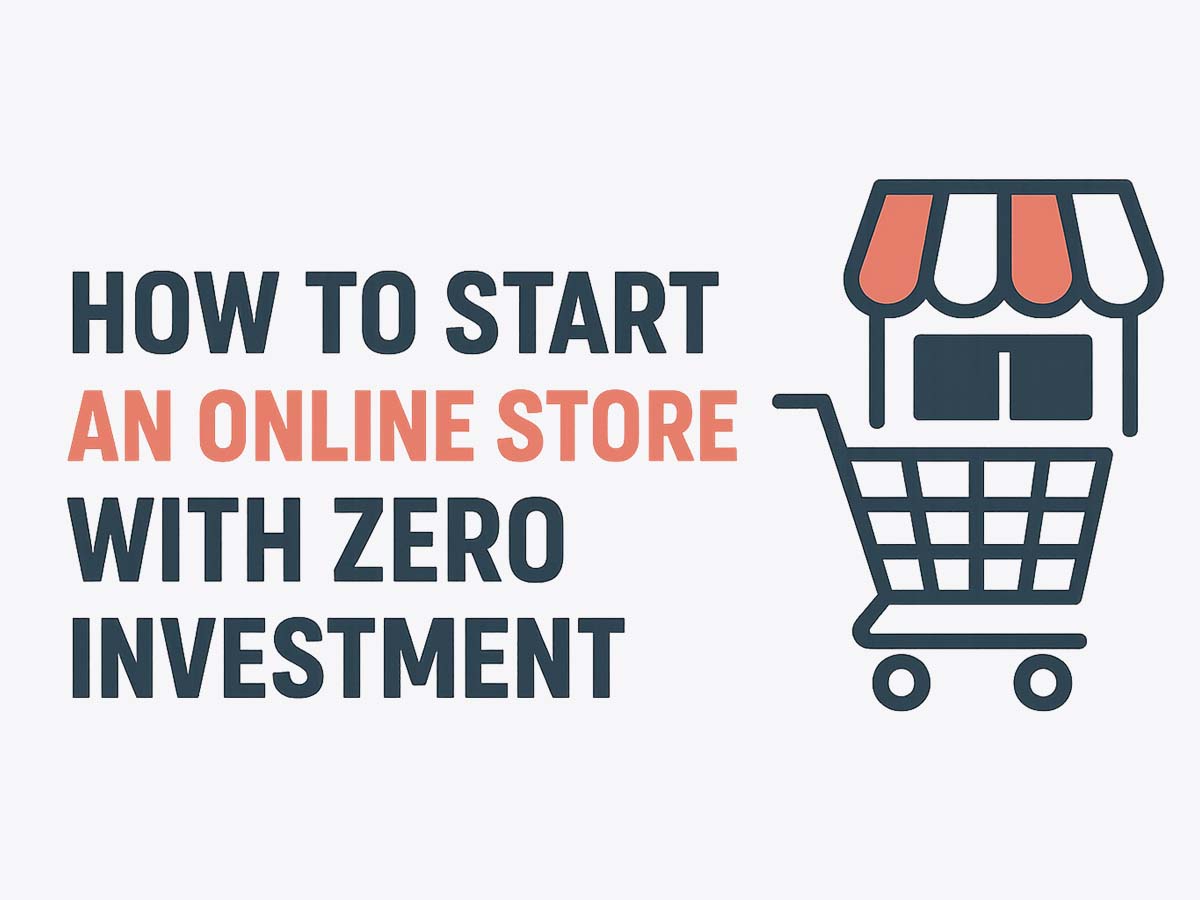

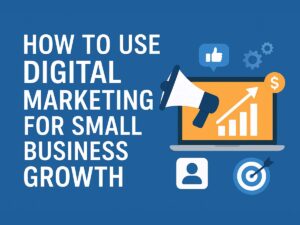
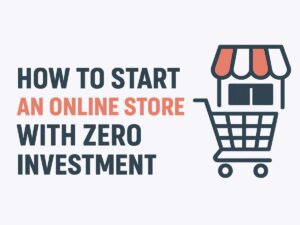
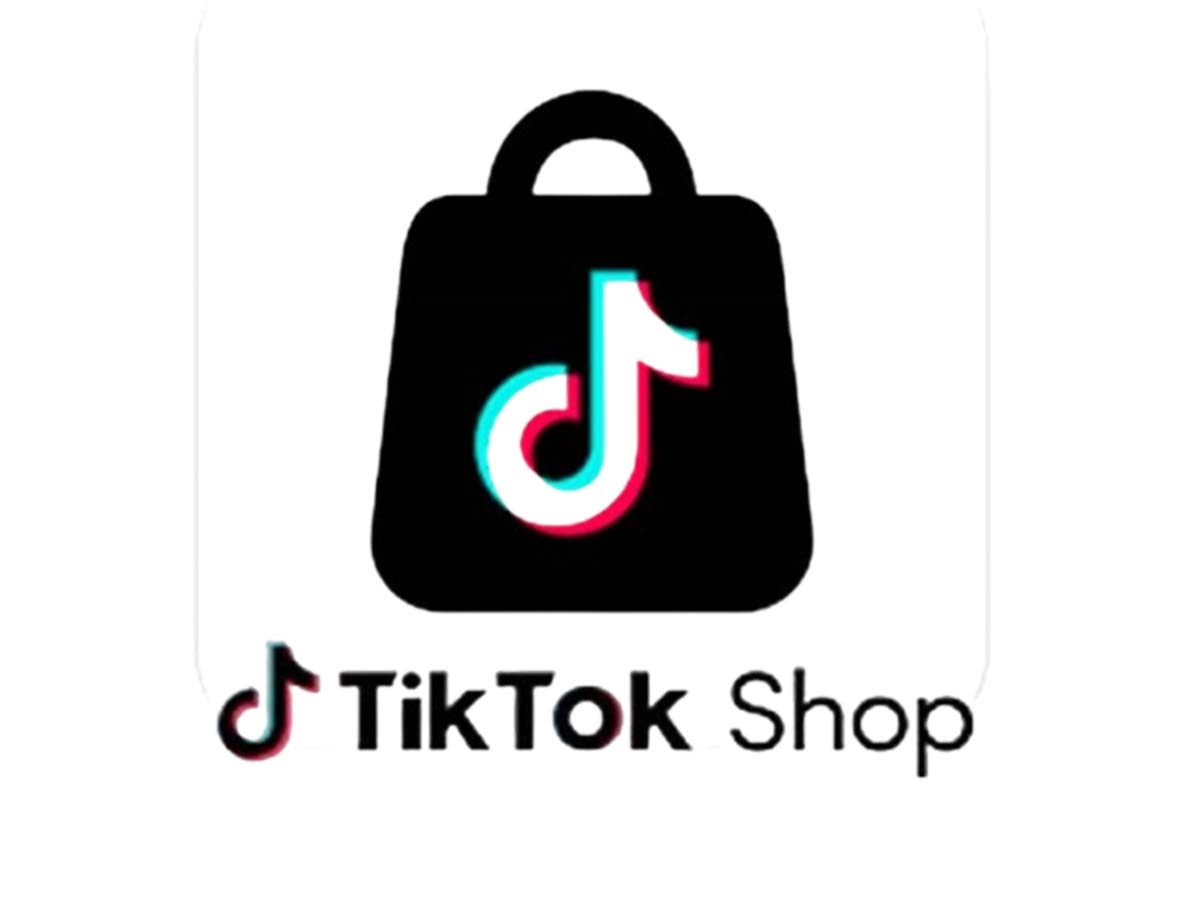

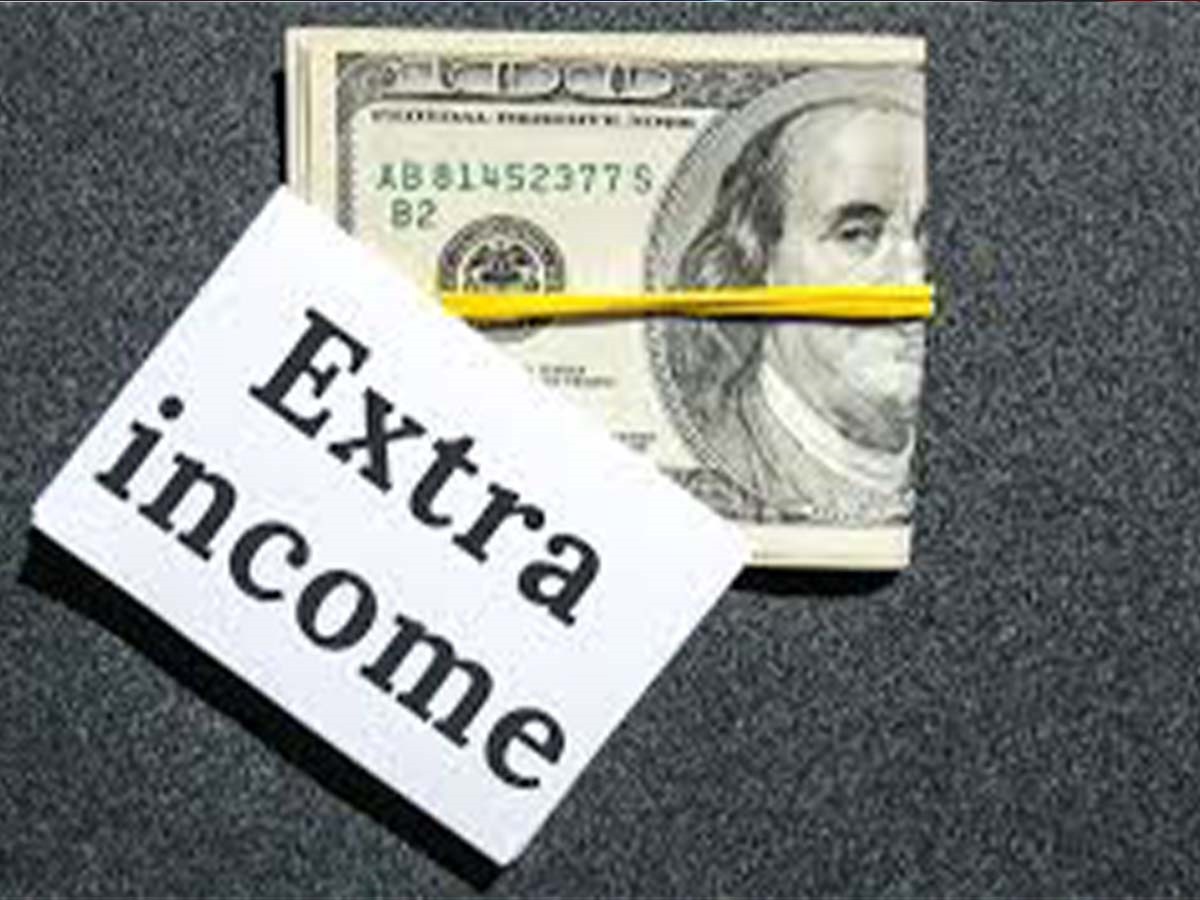

Post Comment